Kanto Region, Japan has many sightseeing spots and attracts a large number of tourists throughout the year. It’s a great place to visit if you are a big fan of Japanese food. This article sums up the places in Kanto you should visit, local specialties to try, and souvenirs to get. For first-time visitors to Japan, find all the information you need here.
Table of Contents
- Kanto Region, Popular with Local and International Tourists
- Famous Tourist Spots in Kanto Region
- Kanto Food, Local Delicacies to Enjoy
- Souvenirs You Should Get From the Kanto Region
- Summary
Kanto Region, Popular with Local and International Tourists
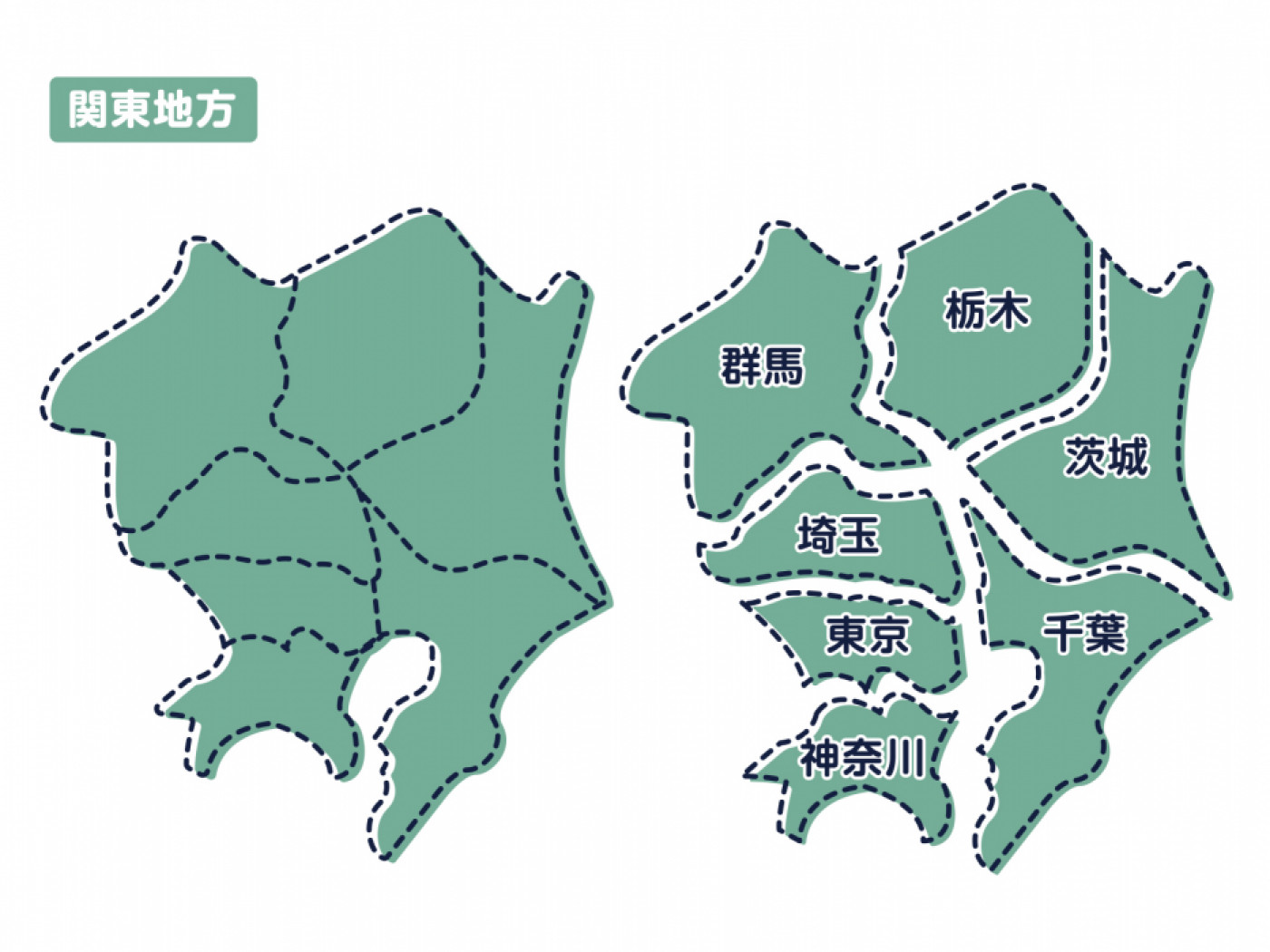
There are 2 major airports in the Kanto Region; Haneda Airport and Narita Airport. These airports serve as gateways for overseas visitors to Japan, as well as for Japanese locals to travel overseas. Tokyo, known as the capital city of Japan, is located here in the Kanto Region. Many tourists visit Tokyo which leads them to also visiting other prefectures around Tokyo in the Kanto Region.
The Kanto Region Has 1 Metropolitan Area and 6 Prefectures
The Kanto Region is made up of Tokyo, the capital city of Japan, at its centre surrounded by other prefectures. Here are short introductions about the preferectures that make up the Kanto Region to help you decide where to visit.
Ibaraki Prefecture 茨城県
Ibaraki Prefecture is classified and located within the Northern Kanto area, which is the area closest to the Tohoku region. Despite being in the Kanto region, it is somewhat distant from Tokyo, the capital city of Japan and the centre of Kanto. Located in the outskirts of Tokyo, which has high food consumption, Ibaraki Prefecture’s agriculture and dairy industries are thriving. They produce a variety of products for shipping.
Tochigi Prefecture 栃木県
Tochigi Prefecture is also near the Tohoku region, and thus classified as part of Northern Kanto. Like Ibaraki Prefecture, it is an area where agriculture thrives, particularly their volume production of raw milk which is top-class in Japan. It is another popular travel destination with many sightseeing spots and local specialty cuisine.
Gunma Prefecture 群馬県
Gunma Prefecture, like Ibaraki and Prefecture, is classified as Northern Kanto within the Kanto Region. Mount Ominakami (大水上山), the water source of Tone River (利根川 tone-gawa) which is one of Japan’s three great rivers is located here. Gunma has many mountains and flatlands (basins) surrounded by hills. It is hotter than other regions in summer, and is known for becoming rather cold in winter.
Saitama Prefecture 埼玉県
Saitama Prefecture is an area that can be classified as either Northern Kanto or Southern Kanto depending on the situation. Many railway lines such as the Seibu Line, Tobu Tojo Line, and Keihin Tohoku Line have connections here which means excellent access to Tokyo. This is why it’s popular as a commuter town for students and people working in Tokyo.
Chiba Prefecture 千葉県
Chiba Prefecture is right next to Tokyo and is classified as Southern Kanto. Whilst having great access to Tokyo as well as functions as a commuter town, it is also blessed with nature. Its gifts of mountains and oceans help its agriculture and fishery industries thrive. It is also where Narita Airport, which serves as a link between Japan and other countries, is located.
Tokyo Metropolis 東京都
Tokyo is the capital of Japan. It is the highest populated city in Japan with flourishing businesses and economy. It has a well-developed railway system that provides excellent access not only within Tokyo but also to surrounding areas in the Kanto region. In addition, Haneda Airport offers great access from overseas leading to Tokyo having the highest number of international tourists in Japan.
Kanagawa Prefecture 神奈川県
Kanagawa Prefecture is classified as Southern Kanto and is located adjacent to Tokyo. It is highly popular as a commuter town for locals, as well as a popular tourist destination. In addition to having well-developed railroads, it is connected to the Chiba Prefecture across the sea by the Tokyo Bay Aqua Line giving it excellent transportation access.
Climate
The Kanto region has a Pacific climate, with hot and humid summers and dry and cold winters. However, in areas where there are many mountains and rivers facing the sea, other climate characteristics can be seen due to the influence of natural phenomena. For example, Ibaraki, Chiba, and Kanagawa prefectures have both oceanic and inland climates. A good idea would be to pack clothing that can keep you cool in summers and warm in winters, plus bring clothing suitable for your destinations to regulate your temperature better.
Geographical Features
The Kanto region is blessed with magnificent nature such as the vast Kanto Plain, Mount Nasu, and the Tone River. The Kanto Region has an especially high number of mountains and rivers, and there are plenty of activities to enjoy nature like ropeways, field athletics, and river rafting. The region also has many swimming areas like beaches and lakes, so those who love outdoor sports will surely enjoy their time.
Writer's Pick
Famous Tourist Spots in Kanto Region
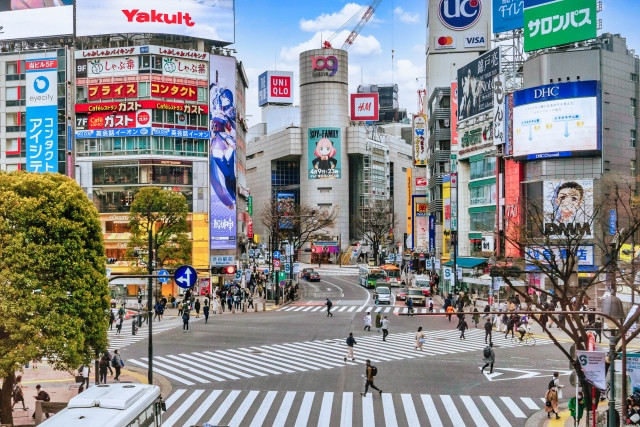
The Kanto Region has countless tourist attractions. Here, we will introduce only the most famous places that will come in helpful as reference for your travel planning.
Hitachi Seaside Park 国営ひたち海浜公園 (Ibaraki Prefecture)
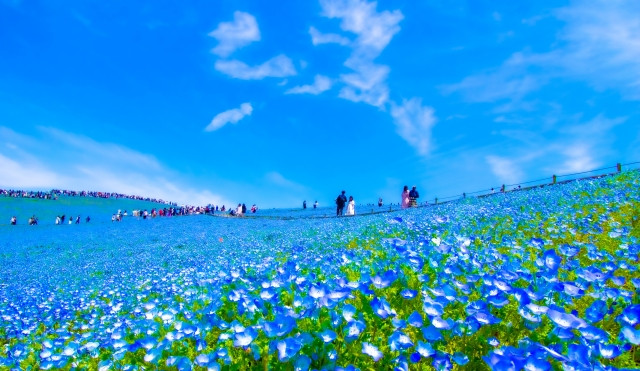
Hitachi Seaside Park, located in Hitachinaka City, Ibaraki Prefecture, is a sightseeing spot where you can enjoy colourful flowers that match the four seasons. It has a spacious open-space where you can enjoy athletics, BBQ, sports, and other fun activities. An amusement park called Pleasure Garden is there too. It is a place recommended for families.
Nikko Toshogu Shrine 日光東照宮 (Tochigi Prefecture)
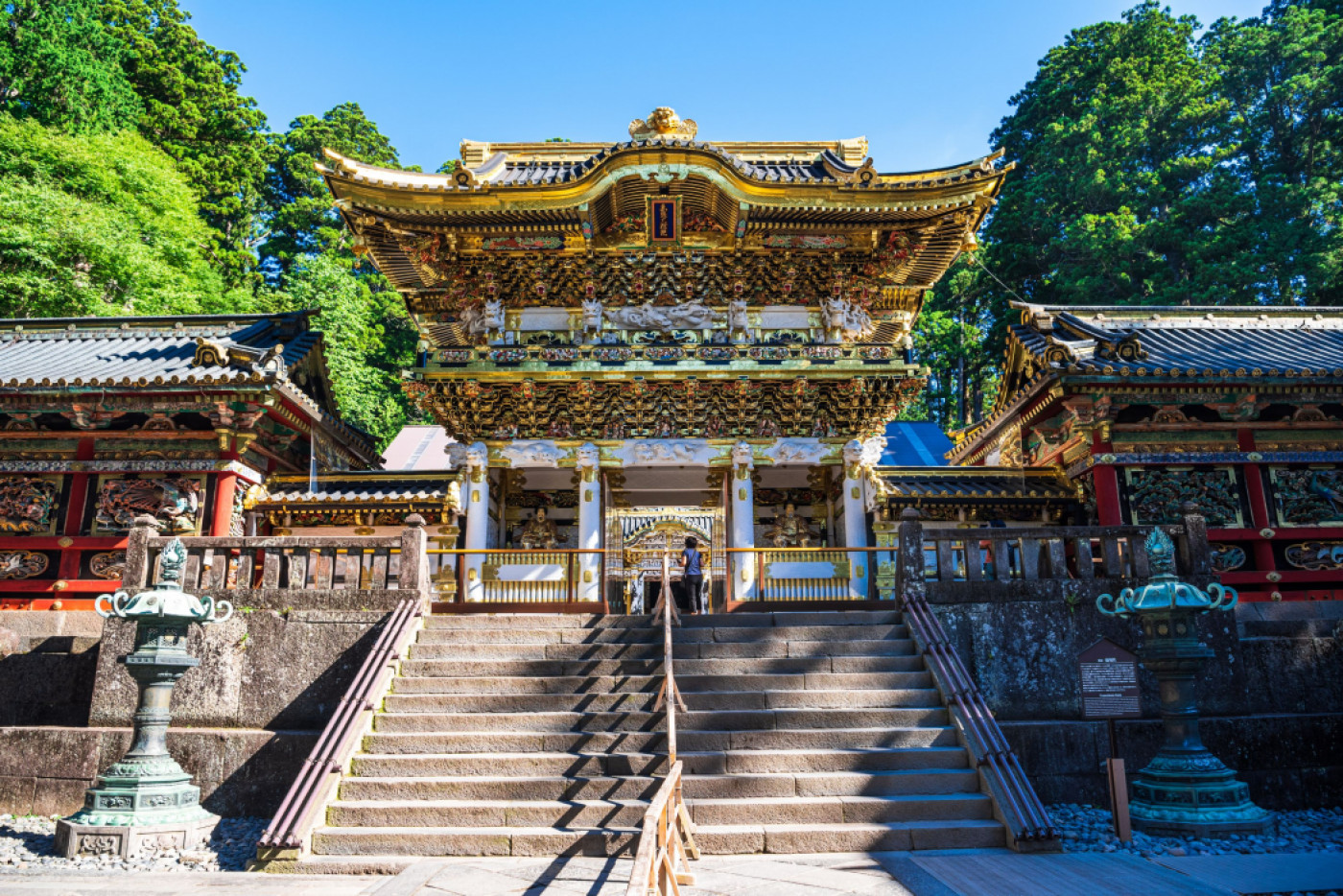
Nikko Toshogu Shrine is a historical shrine located in Nikko City, Tochigi Prefecture. It is a historical building that has been registered as a World Heritage Site, so if you are interested in Japanese architecture, Japanese history, and religion, you should definitely visit it. In addition to the main shrine, there are many things to see here such as the treasure hall and museum. Visiting hours are limited, so it’s best to come early to take your time and have a closer look.
Kusatsu Onsen 草津温泉 (Gunma Prefecture)

Kusatsu Onsen, located in Kusatsu Town, Agatsuma, Gunma Prefecture, is one of Japan's top three hot springs. It boasts the largest amount of natural hot spring water in Japan, and you can enjoy free-flowing hot spring water directly from the source. Footbaths and day trip baths are also available, so even if you cannot stay overnight, you can still enjoy yourself and relax in the hot springs. If you are travelling to Gunma, Kusatsu Onsen would be a great stop for a breather.
Mitsumine Shrine 三峯神社 (Saitama Prefecture)
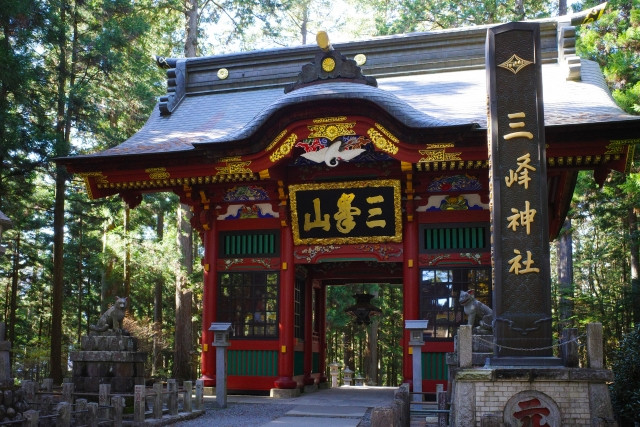
Mitsumine Shrine, located in Chichibu City, Saitama Prefecture, enshrines Izanagi no Mikoto and Izanami no Mikoto, who appear in Japanese mythology. It is an old shrine with a history of over 2000 years, and is now a tourist spot where you can feel a solemn dignified atmosphere. It is located at an altitude of 1,100m and is not easily accessible, but it is popular as a spiritual power spot and is visited by many worshipers. It is said that visiting the shrine on a cloudy day will bring good luck, so check the weather before visiting.
Tokyo Disney Resort 東京ディズニーリゾート (Chiba Prefecture)
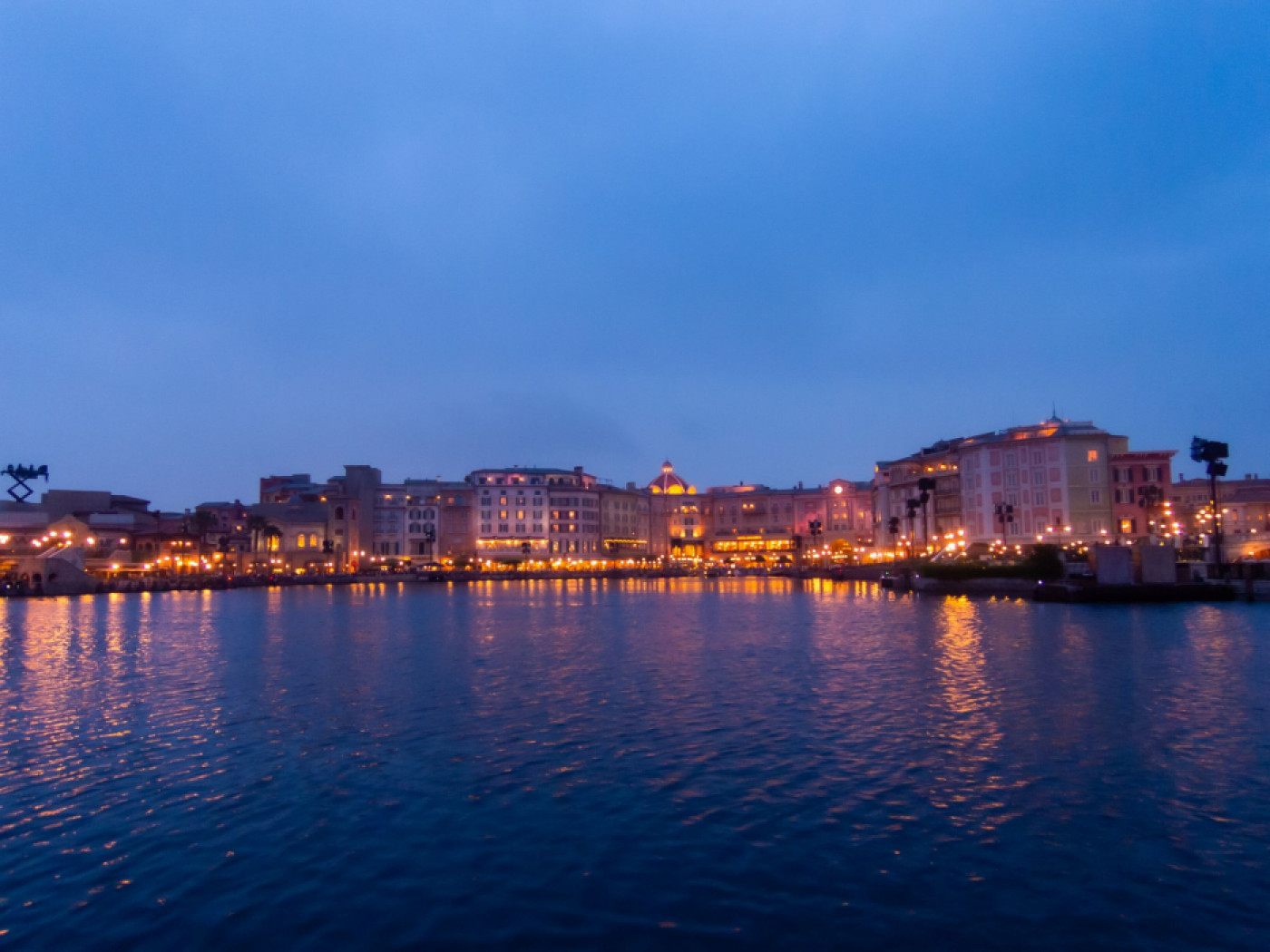
Tokyo Disney Resort is a super popular tourist spot located in Chiba Prefecture. Tokyo Disneyland, Tokyo DisneySea, and other hotels and shopping facilities are part of Tokyo Disney Resort. Even though its name says “Tokyo”, the large establishment is actually located in Urayasu City, Chiba Prefecture. As it is a very popular theme park, weekends and holidays are very crowded. If you are planning on visiting Tokyo Disney Resort, it is best to visit it on weekdays when there are relatively fewer people and you can explore and play at ease.
Tokyo Skytree 東京スカイツリー (Tokyo)

Tokyo Skytree, the world's tallest free-standing radio tower, is also a popular tourist destination. You can overlook the cityscape of Tokyo from the observatory, and you can also take a commemorative photo whilst standing on the glass floor. There is also a shopping facility called Solamachi on the ground floor where you can buy souvenirs and enjoy meals. While visiting Tokyo Skytree, it’s also a good idea to visit the nearby Sumida Aquarium and the town of Asakusa.
Hasedera Temple 長谷寺 (Kanagawa Prefecture)
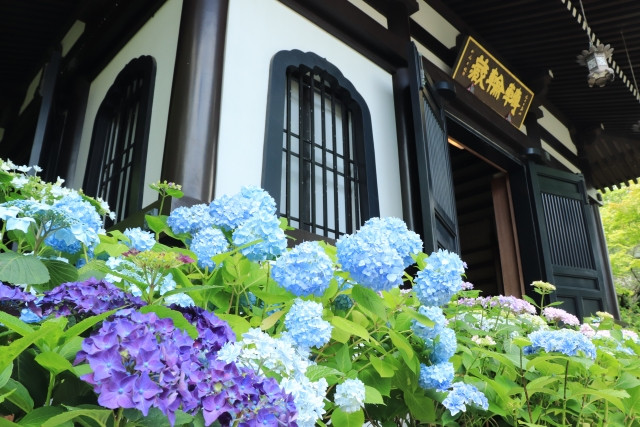
Hasedera, located in Kamakura City, Kanagawa Prefecture, is a popular tourist spot amongst both locals and international tourists. Hasedera is a temple built in the Nara period, and enshrines one of the largest wooden Buddha statues in Japan. Hasedera is also known as the flower temple with beautiful flowers to admire throughout the year. A stroll through the temple is highly recommended.
Kanto Food, Local Delicacies to Enjoy
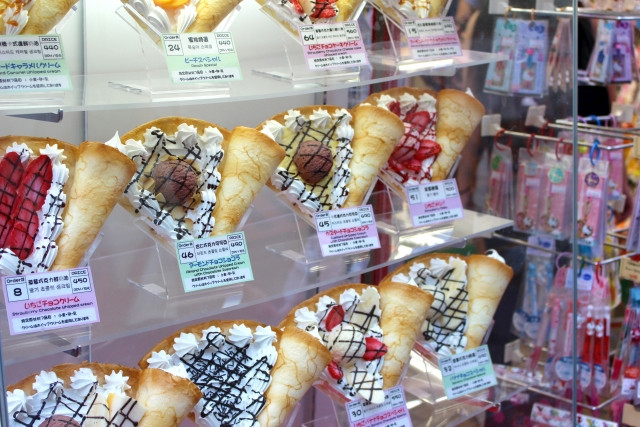
Food is one of the greatest pleasures of travelling. Here, we've put together a list of recommended local Kanto specialties that you should definitely try when travelling in the Kanto region.
Mito Natto 水戸納豆 (Ibaraki Prefecture)
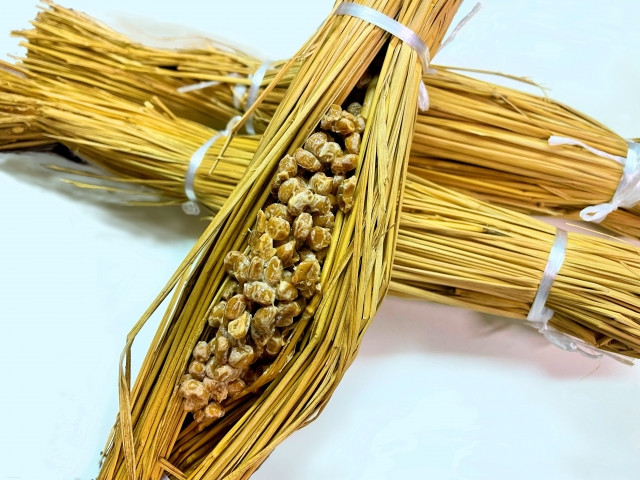
Ibaraki Prefecture is famously known as a natto production area, especially Mito Natto that is made in Mito City. It is made by blowing natto bacteria onto smaller than usual soybeans, wrapping them in straw, and letting them ferment/mature inside. Mito natto, which has small grains and a sticky texture, is a food loved by many Japanese people. Many foreigners dislike natto because it looks rotten, has a weird smell, and a sticky, slimy texture. However, some people say, "It's surprisingly delicious when you try it," so if you've never had it, why not give it a try when you come to Japan.
Utsunomiya Gyoza 宇都宮餃子 (Tochigi Prefecture)
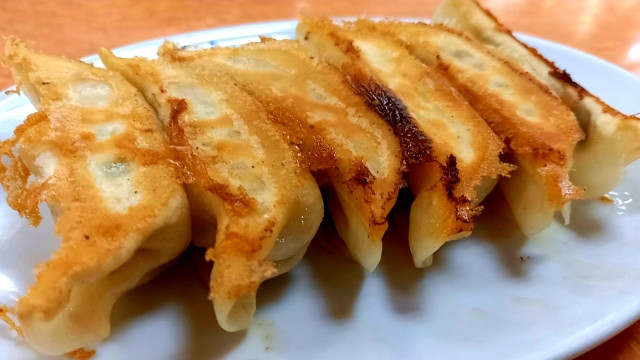
Gyoza, a Japanese food that is very popular even overseas, is also a specialty of Tochigi Prefecture. Utsunomiya Gyoza, a specialty of Tochigi Prefecture, is said to have been created by people who wanted to recreate the gyoza they ate in China in Japan. There are various types of gyoza, such as boiled gyoza, pan-fried gyoza, and steamed gyoza, depending on the store. If you are a fan of Japanese gyoza, it's best to try Utsunomiya Gyoza.
Mizusawa Udon 水沢うどん (Gunma Prefecture)
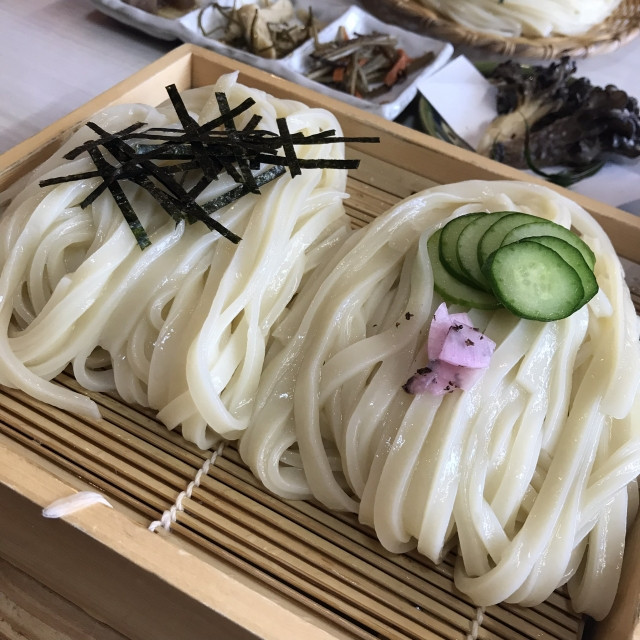
Mizusawa udon, one of the three major udon noodles in Japan, is a specialty of Gunma prefecture. There are many restaurants serving Mizusawa Udon around Ikaho Town in Shibukawa City, Gunma Prefecture. Mizusawa udon is characterised by its firm texture and translucence. Along with Sanuki udon and Inaniwa udon, it is one of Japan's representative udon noodles, so be sure to try it when you travel to Gunma prefecture.
Iga Manju いがまんじゅう (Saitama Prefecture)
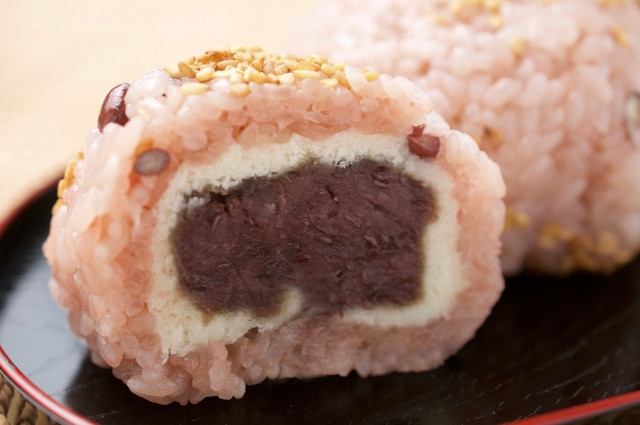
Iga manju is a Japanese traditional sweet (wagashi 和菓子) that is served as a lucky charm during summer festivals and celebrations in Saitama Prefecture. It is a manju bun filled with red bean paste wrapped in sekihan (red rice), and can be purchased at Japanese confectionery stores. It seems that it was named iga manju because it looks like a spiky chestnut shell. It's a Japanese sweet that's just the right size to fill your stomach, so it's a good idea to try it while you're having a stroll around.
Namerou なめろう (Chiba Prefecture)

Namerou is a local dish that has been eaten for a long time in the Boso Peninsula of Chiba Prefecture. It is a dish made by pounding fish such as horse mackerel and sardines with miso, green onions, and ginger with a kitchen knife. The unique flavour of fish goes well with sake, which is why it is served as a snack at izakayas. They are sometimes sold in shopping streets and supermarkets near the coast, so check them out if you are interested.
Monjayaki もんじゃ焼き (Tokyo)

Monjayaki is a teppanyaki dish that is a specialty of Tokyo. You mix your favourite ingredients such as vegetables, seafood, and meat with flour dissolved in water, cook it on an iron plate, and scoop it up with a mini spatula to eat. It is a specialty dish that has been loved by the people in Japan for a long time, so be sure to try it when you visit Japan. In Tokyo, there are many monjayaki restaurants around Tsukishima in Chuo Ward.
Yokosuka Navy Curry よこすか海軍カレー (Kanagawa Prefecture)
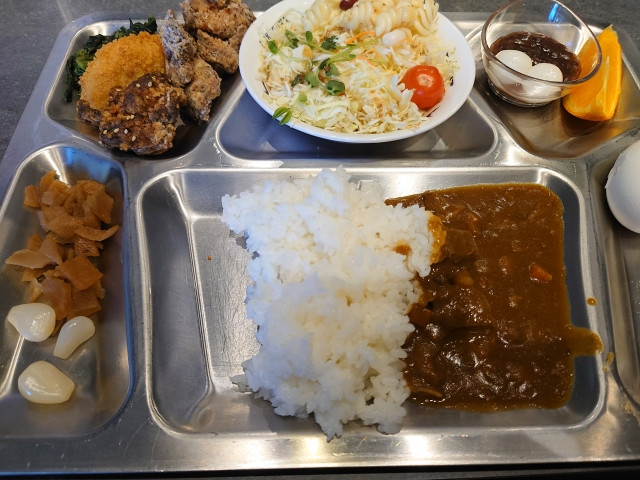
Kanagawa Prefecture's specialty food is the Yokosuka Navy Curry. It reproduces the curry made by the Japanese navy during the Meiji period, and is always served with salad and milk. Interesting fact, only certified restaurants are allowed to use the Yokosuka Navy Curry name. It's basically a dish that can only be eaten in Yokosuka City, so be sure to try it when you travel to Kanagawa.
Souvenirs You Should Get From the Kanto Region

Souvenirs are part of a trip. Some people buy souvenirs for themselves, while others buy sweets to give out to their friends and co-workers. Here, we will introduce to you some perfect souvenirs for your trip to Kanto. It is a good idea to make a list of souvenirs in advance so you know what to look for.
Traditional Crafts
Traditional crafts that are highly practical and beautiful to look at are suitable as souvenirs for yourself or as gifts. Among them, Hakone marquetry from Kanagawa Prefecture and Edo Kiriko from Tokyo are popular. Many of the traditional crafts are expensive, so they are not suitable as souvenirs to hand out, but it would be nice to buy some as a memento of your trip.
Snacks
Chiba and Tochigi prefectures have a thriving agriculture industry, so there are a wide variety of sweets and snacks made with local produce. For example, in Tochigi Prefecture, there are chocolate sweets, cookies, and freeze-dried foods that use Tochiotome strawberries . Some of the sweets are individually wrapped, making them perfect as souvenirs for a large number of people. In the case of Chiba Prefecture, there are pies, monaka, and rice crackers that use peanuts, a specialty product. If you choose sweets with a long expiration date, you don't have to worry if you're late in handing over the souvenir.
Summary
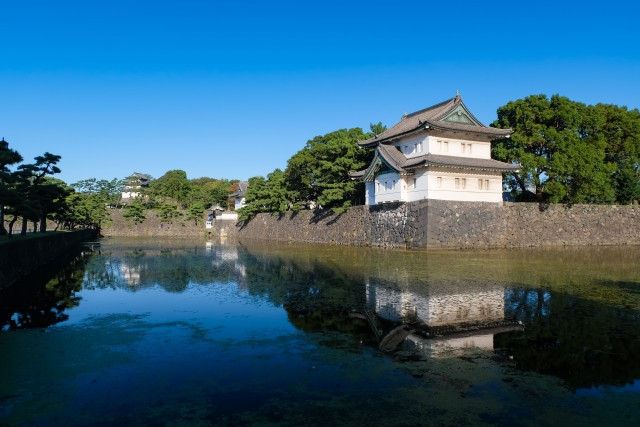
The Kanto Region consists of 1 metropolitan area and 6 prefectures, including Tokyo, the capital of Japan. From historic temples to family-friendly theme parks, there's plenty to see and experience. There are many delicious specialty foods, so visit the Kanto region when you come to Japan.



















.jpg)












